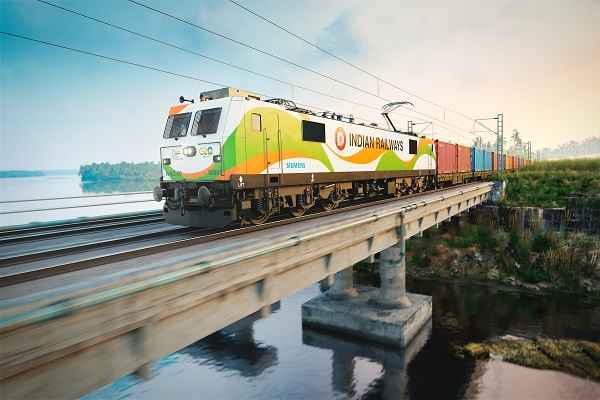 India is not just a market, it is becoming a beacon of hope for the future: Siemens AG
India is not just a market, it is becoming a beacon of hope for the future: Siemens AGSATEBA acquires Rail Business of De Bonte Group in Belgium
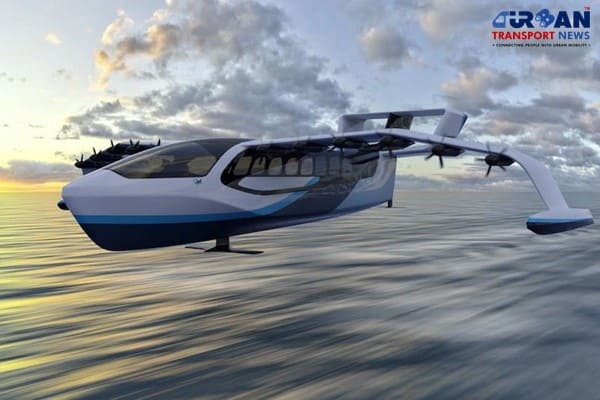 Regent to launch High-Speed Seagliders to transform coastal transportation in UAE
Regent to launch High-Speed Seagliders to transform coastal transportation in UAE California commences construction on $12bn Los Angeles - Vegas High Speed Rail Project
California commences construction on $12bn Los Angeles - Vegas High Speed Rail Project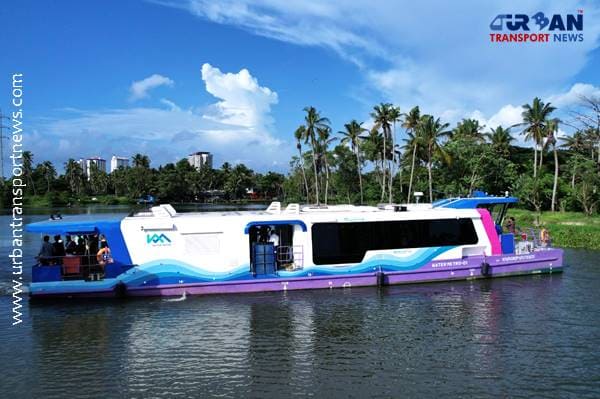 Kochi Water Metro floats tender to procure 15 more electric-hybrid ferries
Kochi Water Metro floats tender to procure 15 more electric-hybrid ferries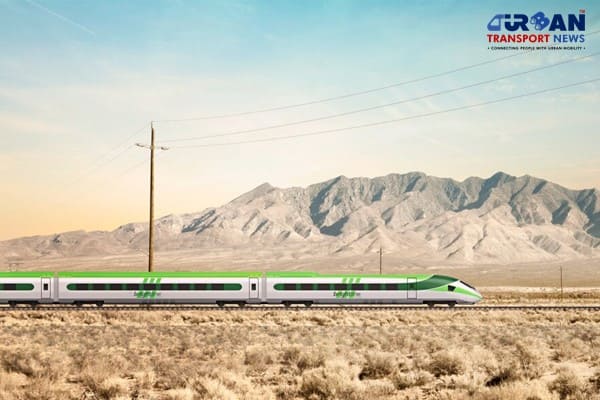 Siemens Mobility-Hassan Allam Construction JV Sign Contract for UAE – Oman Railway Link
Siemens Mobility-Hassan Allam Construction JV Sign Contract for UAE – Oman Railway Link What is better public transport option for Bengaluru - RRTS or Metro Expansion?
What is better public transport option for Bengaluru - RRTS or Metro Expansion?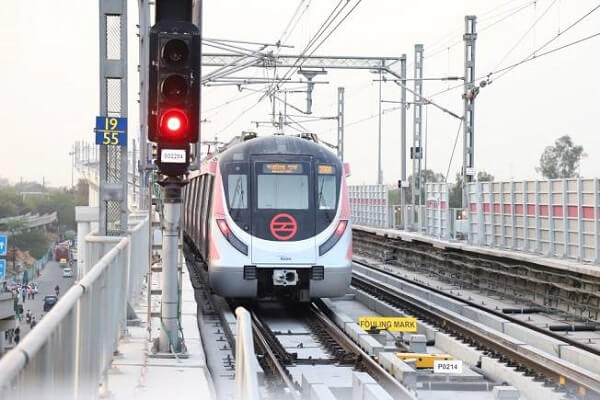 Behind Closed Doors: Corruption Uncovered in Delhi Metro's Top Management
Behind Closed Doors: Corruption Uncovered in Delhi Metro's Top Management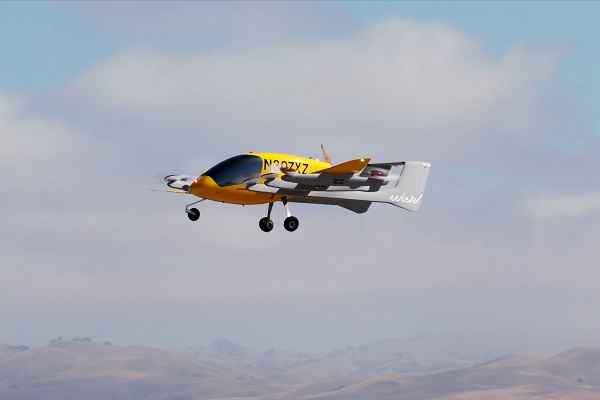 IndiGo to launch Urban Electric Air Taxis between Delhi to Gurugram
IndiGo to launch Urban Electric Air Taxis between Delhi to Gurugram Swisspod secures Strategic Investment to advance the Hyperloop Transportation
Swisspod secures Strategic Investment to advance the Hyperloop Transportation
171 Years of Indian Railways: A History of Innovation and Progress

Indian Railways, established in 1853, boasts a remarkable 171-year journey that has significantly shaped India’s transportation landscape. Starting with the Bombay-Thane route, it rapidly expanded, witnessed electrification, and embraced modernization through reorganization and technology. The first steam operated railway operated in 1837 in Madras with the first passenger operating in 1853 between Bombay and Thane. In 1925, the first electric train ran in Bombay on DC traction. The first locomotive manufacturing unit was commissioned in 1950 at Chittaranjan with the first coach manufacturing unit set-up at Madras in 1955.
Today, Indian Railways commemorated its remarkable journey spanning 171 years since the inauguration of its first passenger trains in the country. From its inception as a product of British colonial rule to its evolution into one of the world's largest rail networks, Indian Railways has left an indelible mark on the landscape and history of India. Let’s delve into the fascinating journey of Indian Railways over the past 171 years.
1853-1869: Pioneering Passenger Rail Services
The dawn of India's passenger rail revolution began on April 16, 1853, when the inaugural journey of the country's first passenger train commenced its 34-kilometer voyage from Bombay's BoriBunder station to Thane. Spearheaded by the Great Indian Peninsular Railway (GIPR) and the East India Company, this historic event marked the genesis of India's railway network, paving the way for subsequent expansions across Eastern and Southern India.
1869-1900: Famine Relief and Expansion
Following the Indian rebellion of 1857, the British Raj assumed control of railway construction, utilizing the network to provide relief during periods of famine. By 1880, the railway network extended over 9,000 miles, connecting major port cities and facilitating economic growth. The introduction of passenger amenities and the inception of locomotive manufacturing signaled a period of technological advancement and increased railway accessibility.
1901-1925: Government Intervention and Centralization
The dawn of the 20th century witnessed a shift towards government intervention in railway management, culminating in the nationalization of major railway lines by 1907. The establishment of the Railway Board in 1901 and the centralization of railway operations marked significant milestones in Indian Railways' administrative structure. Despite setbacks during World War I, the railway network's financial autonomy was established, setting the stage for future growth.
1925-1946: Electrification and Turbulent Times
The advent of electrification revolutionized rail travel, with the first electric train inaugurated in 1925. By 1929, the railway network spanned over 66,000 kilometers, facilitating mass transportation of passengers and goods. However, economic challenges precipitated by the Wall Street Crash and World War II posed obstacles to railway development, necessitating recovery efforts post-war.
1947-1980: Partition and Modernization
The partition of India in 1947 resulted in significant disruptions to the railway network, with the loss of over 40% of tracks to Pakistan. In the aftermath, Indian Railways embarked on a journey of modernization, acquiring control over railway franchises and reorganizing the network into zones. The latter half of the century witnessed technological advancements and electrification initiatives, propelling Indian Railways into the modern era.
1980-2000: Technological Advancements and Digitalization
The 1980s heralded the phasing out of steam locomotives in favor of electrification, accompanied by the inauguration of India's first metro system. The adoption of computerized reservation systems in the 1980s and 1990s revolutionized ticketing and passenger services, enhancing accessibility and convenience for travelers.
2000-2017: Metro Expansion and Digital Transformation
The turn of the millennium witnessed the proliferation of metro systems in major Indian cities, coupled with the establishment of railway zones to streamline operations. The launch of online reservation and ticketing services through IRCTC revolutionized passenger experiences, offering convenience and accessibility on a national scale.
2018 and Beyond: Embracing Innovation and Sustainability
Today, Indian Railways stands as the fourth-largest rail network globally, spanning over 120,000 kilometers. Embracing innovation, the railway is poised for the future with initiatives such as free WiFi services at stations and investments in renewable energy. With ambitious plans for electrification and sustainable growth, Indian Railways continues to chart a course towards a brighter, more connected future.
Fascinating Facts and Statistics About Indian Railways
- Largest Rail Network: Indian Railways operates the world's third-largest network, by size with a running track length of 104,647 km and route length of 68,426 km of which 60,451 km is electrified. Indian Railways connecting 7,172 stations, and serving 8,421 million passengers annually. With more than 1.2 million employees, it is the world's ninth-largest employer and India's second largest employer.
- Longest Railway Platforms: Gorakhpur station boasts the world's longest platform, spanning 4,430 feet.
- UNESCO World Heritage Sites: Chhatrapati Shivaji Terminus and Indian Mountain Railways are UNESCO World Heritage sites.
- Luxury Trains: Indian Railways boasts five luxury trains, including Palace on Wheels and The Maharajas’ Express.
- Vivek Express: The Vivek Express covers the longest distance within the Indian Railways network, spanning 4,273 kilometers.
Vision for the Future
Prime Minister Narendra Modi’s vision includes expanding Vande Bharat trains nationwide and introducing bullet trains, exemplifying a commitment to innovation and connectivity. With substantial investments and proactive surveys, Indian Railways is poised for transformative growth, continuing to be a vital link in India’s development story.
Conclusion: A Journey of Resilience and Progress
As Indian Railways commemorates 171 years of service, its legacy of resilience, innovation, and progress stands as a testament to the enduring spirit of the nation. From humble beginnings to a modern marvel of engineering, Indian Railways remains an integral part of India's identity, connecting people, cultures, and aspirations across the length and breadth of the country.





